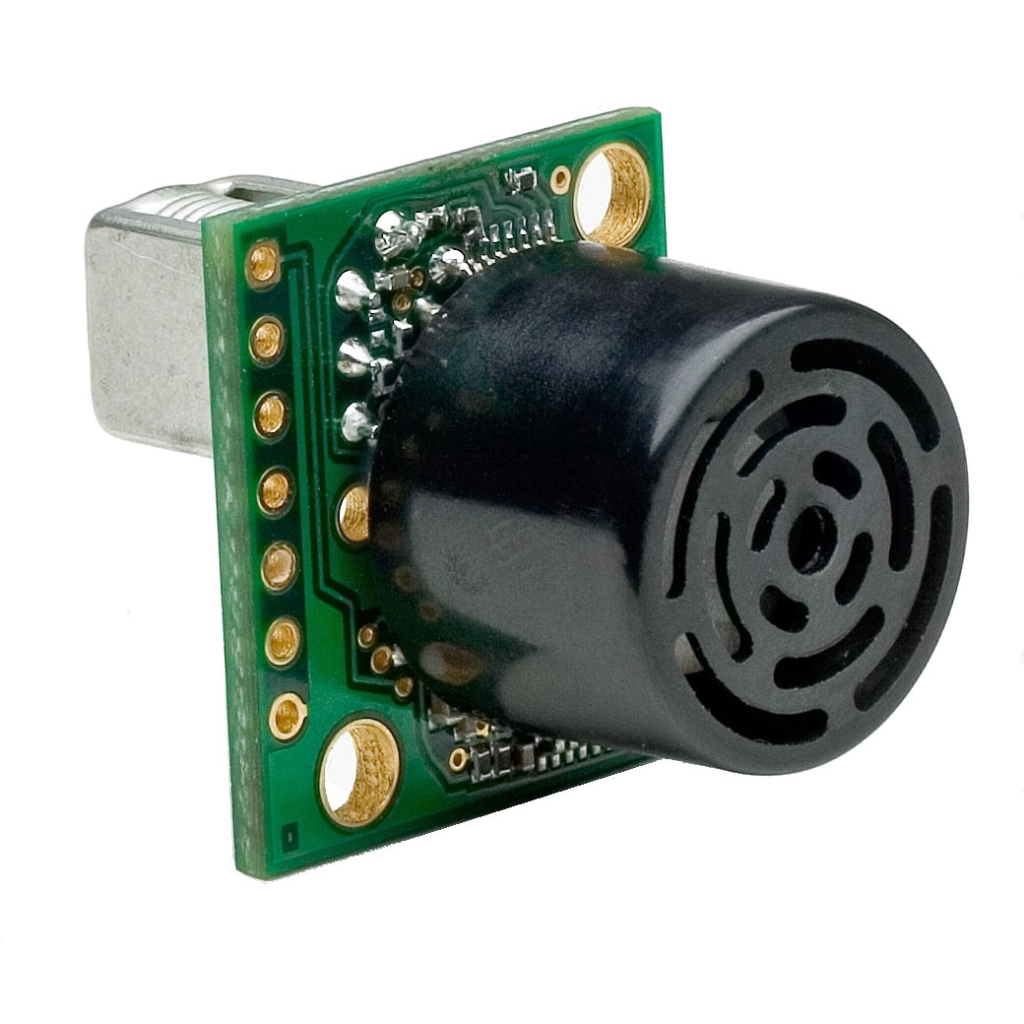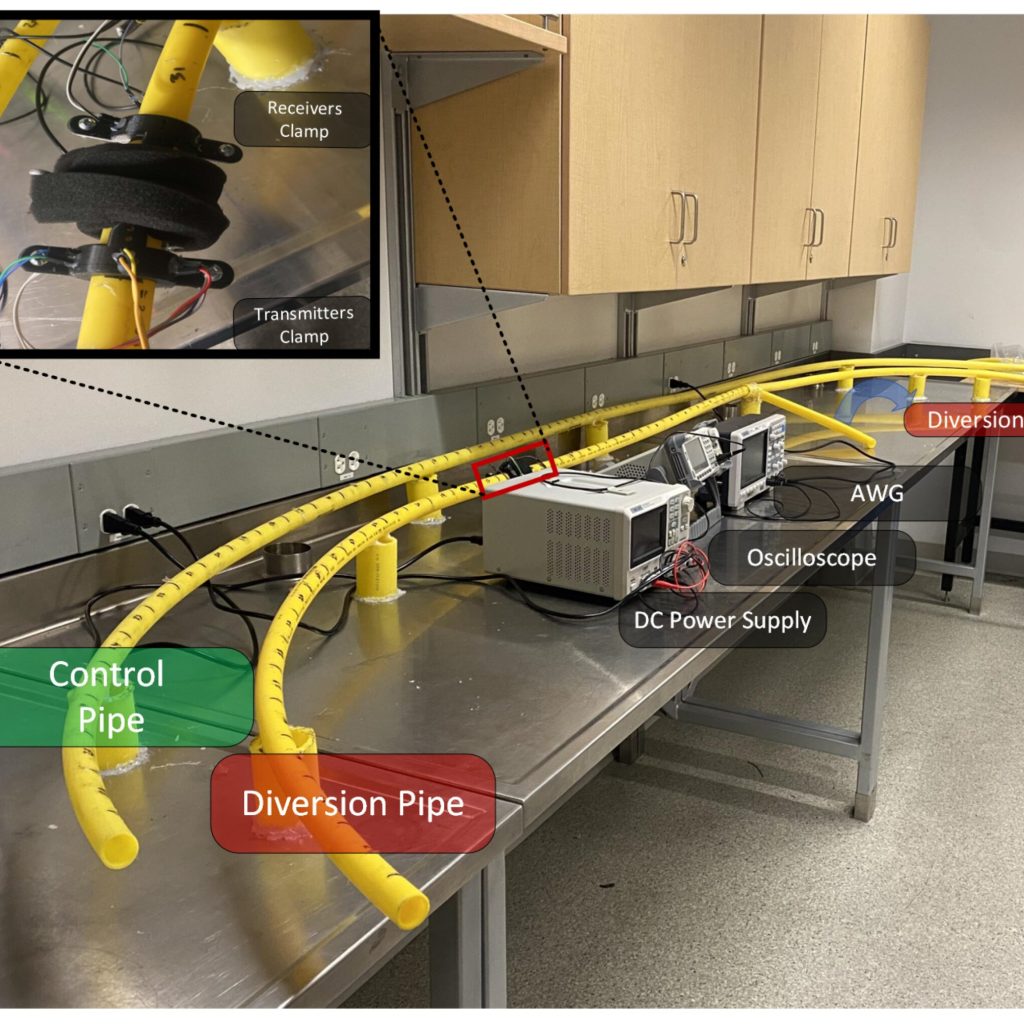
Researchers at UBC Okanagan are looking into a novel technique for monitoring subterranean gas pipes with sophisticated sensors (ultrasonic sensors) that could make it simple to spot flaws, anomalies, and even a diversion in household natural gas connections.
Master of applied science student Abdullah Zayat claims little has been done on the widely used polyethylene pipe that transports natural gas to homes. steel pipes using techniques like radiography, ultrasonic testing, visual inspection, and ground-penetrating radar.
Early detection of structural degradation is essential to maintaining safety and integrity, says Zayat Assistant Professor of Electrical Engineering. He and his supervisor Dr. Anas Chaaban tested a technique that allows for the inspection of HDPE pipes with ultrasonic sensors. The new monitoring method limits the likelihood of gas diversions.
Previous research has studied the inspection of metallic structures using ultrasonic-guided waves (UGWs). But this type of testing has not been done to inspect non-metallic structures such as HDPE pipelines.”Given the concealed nature of underground pipes, it is very challenging to inspect them.

Existing solutions include ground penetrating radar and endoscope cameras, which are both invasive and expose inspectors to potential risk from the suspects. As a result, it is better to use non-invasive methods to inspect pipes.”
UGW sensing is a waveguide ultrasonic underwater pipe inspection system that can inspect more than 100 meters of pipeline from a single test location. It uses the structure of the pipe itself as an ultrasonic waveguide to inspect underground, insulated and underwater pipelines.
This type of detection system is unique because the sensors clamp onto the exposed portion of the pipe and connect to the section of pipe that emerges above the ground where it connects to the meter.
While the technology is still in its early stages, Dr. Chaaban notes that the majority of this current research involved the development and assessment of a deep-learning algorithm for detecting diversions in pipes. The sensor (ultrasonic sensors) clamp onto the exposed portion of the pipe and connect to the section of pipe that emerges above the ground where it connects to the meter. The system has 90 percent accuracy when one receiving sensor is used and nearly 97 percent accuracy with two receiving sensors. Future use of the sensors may include inspection of buried, insulated, and underwater pipelines.
Read More
- A secure global supply chain is possible with blockchain.
- Using electricity to locate materials that can “learn” is shocking to the system
- Cracking of Eggshells using computing power
- A Way To Help Reduce Global Warming Is Through Solar Energy Conversion


